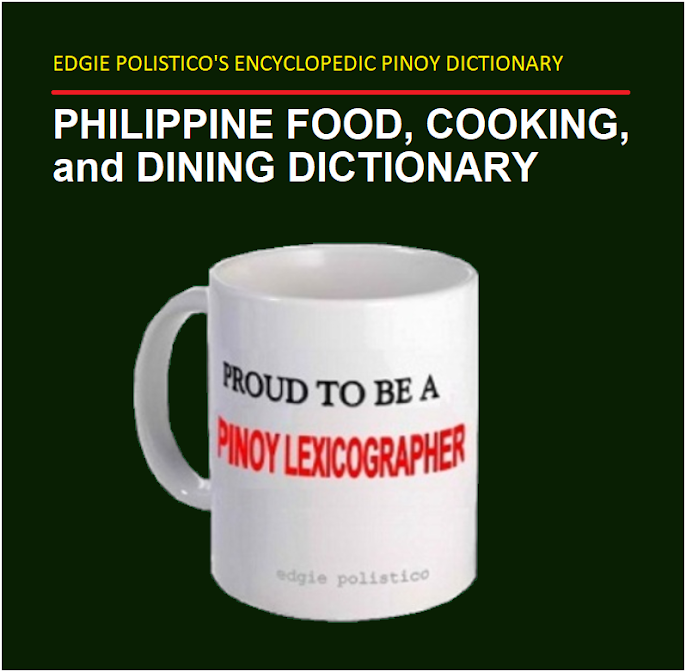Other local common name:
- a.k.a. kibet chicharon in Tagalog-Quezon
Chiton is pronounced as /kháy-ton/ in English, and /tsi-tón/ in Tagalog. In Quezon, kibet refers to raw or processed meat of the mollusks, but when fried into chicharon, it is called chiton by the locals.
Chiton is a Tagalog-Quezonian [Quezon province] delicacy, also known as kibet chicharon in Tagalog-Quezon. It is a crisp fried meat of kibet, known in English as chiton (Chiton densiliratus), a kind of oval flattened sea mollusk with overlapping shell coverings on its back. It crawls and firmly attaches itself to rocks on the seashore.
The kibets are boiled for about at least 30 minutes to soften them. The shells are then removed, the skin around the edges (girdle) is scraped off, and the thick skin of its sole is peeled off. The cleaned kibets are boiled again on medium heat for about an hour to remove the stench and then seasoned with salt, ground pepper, and crushed garlic towards the end of boiling. Other flavorings or spices of choice might also be added. The water used in boiling is drained and kibets are sundried the whole day, or until completely dry and stiff. The final step is the deep-frying of dried kibets until they become crisp, golden-brown chicharon.
If you liked this blog, please share.
Let us know your opinion on the subject. Feel free to comment in the comment section, below. It is important for us to know what you think.
Tell us what other topics you would like us to write, share, and discuss.
All photos by Edgie Polistico are copyrighted. ALL RIGHTS RESERVED.
Related topics:
- YouTube video: Unang Hirit, "Sarap at Lutong ng Seafood Chicharon sa Tiaong, Quezon," Oct. 25, 2017, https://youtu.be/LU-7tXhgjLQ
- YouTube video: Kapuso Mo, Jessica Soho, "Pinoy exotic foods, yummy o yucky?" Nov. 05, 2017, https://youtu.be/YPGyiElcKFE
Continue to follow my blogs. You can also follow and learn more by joining us in our Facebook group account of Philippine Food Illustrated (Private) and the Philippine Food Illustrated (Public). It is my pleasure to rediscover the known and least known things or the unheard ones and put them here for everyone to find, learn, and treasure.
Thank you for all the encouragement and enthusiasm. I need also moral support, prayers, and anything else that can uplift my spirit and keep my good reasons.
If you are pleased or happy with this blog, please share the PHILIPPINE FOOD ILLUSTRATED. It is energizing that my blog is shared with others.
Edgie Polistico
For more about Filipino food, use our Philippine Food, Cooking, and Dining Dictionary. It is OPEN and FREE.
.JPG)

.JPG)
.JPG)
.JPG)

.jpg)
%20by%20Edgie%20Polistico.jpg)




